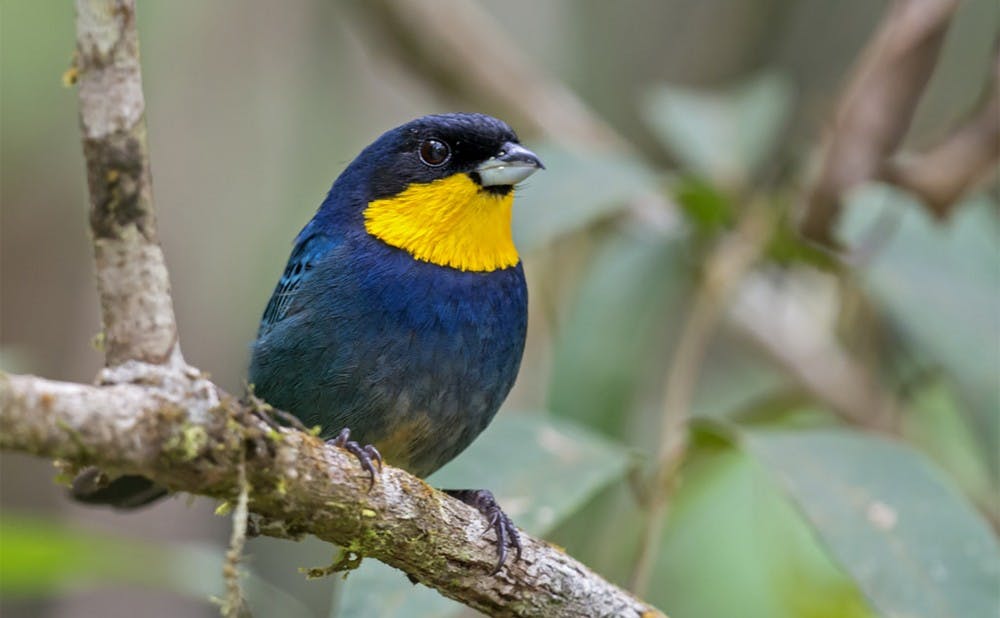Hundreds of bird species today face a greater risk of extinction than is formally recognized, a new Duke study found.
In a team led by Stuart Pimm, Doris Duke professor of conservation ecology in the Nicholas School of the Environment, researchers concluded that by failing to include new information and technologies, International Union for Conservation of Nature and Natural Resources’ Red List of Threatened Species underestimates the level of threats facing a number of bird species.
"I think [IUCN] knows they have to use different criteria," Pimm said. "It will nudge them in the direction of modernizing their approach. Their approach is 25 years old. It was good 25 years ago, but we could do much better now. Science moves forward, science progresses."
The study examined bird species in six regions of the world. These regions, which are mostly tropical, have seen rapid habitat destruction in recent years.
Binbin Li, a Ph.D. student in the Nicholas School and co-author of the study, said that about 200 out of the 600 or so bird species studied “are facing greater extinction risk and they should be reconsidered for their extinction threat levels.”
After compiling maps from the IUCN of birds' geographical ranges—or the areas over which particular species are found—the scientists used remote sensing and geographic information systems to refine the range maps, Li explained.
“We end up with a map that shows us the right elevation and the right habitat for that bird," said Natalia Ocampo-Peñuela, first author of the study who received a Ph.D. in environmental sciences and policy from Duke this year. "Then, we calculate how much the area is to see if that species is doing okay [or if] it should be re-categorized into a higher threat category.”
Doing so revealed the habitat range of the bird species, allowing the team to determine each species' threat level of extinction.
“[IUCN's list] is good, systematic and transparent, but the problem is they haven’t used the currently available remote sensing data,” Li said.
This causes the list to contain underrepresented risk, which means species are actually more threatened than they seem.
“By protecting these birds, you’re protecting a lot of biodiversity that is within these ranges,” Ocampo-Peñuela said.
Despite the findings, not everyone in the scientific community accepts the study’s method of evaluating whether species should be reclassified.
One critic is Stuart Butchart, head of science of BirdLife International, an organization that tracks birds for the IUCN. He said the study did not correctly apply criteria or classify threat levels for the bird species.
“The main criticism from IUCN is that we used the wrong threshold. [They said] we needed to use threshold of occupancy,” Ocampo-Peñuela said. “But this is wrong because we did not survey for these birds, and we did not produce maps of occupancy.”
The threshold of occupancy is a measure that determines exactly where a species is. However, Ocampo-Peñuela expressed the benefits of the team's study.
“I think because this study is of a global scale, and we did it on the six most endangered regions in the world, it will have an impact,” Ocampo-Peñuela said.
Li added that she hopes IUCN will change its list because of scientific and public attention to this study, as well as IUCN’s failure to use new methods, such as geographic information system tools.
“This is a study that is a constructive criticism to IUCN," Ocampo-Peñuela said. "What we want to do is to provide tools that they can use.”
Get The Chronicle straight to your inbox
Signup for our weekly newsletter. Cancel at any time.

